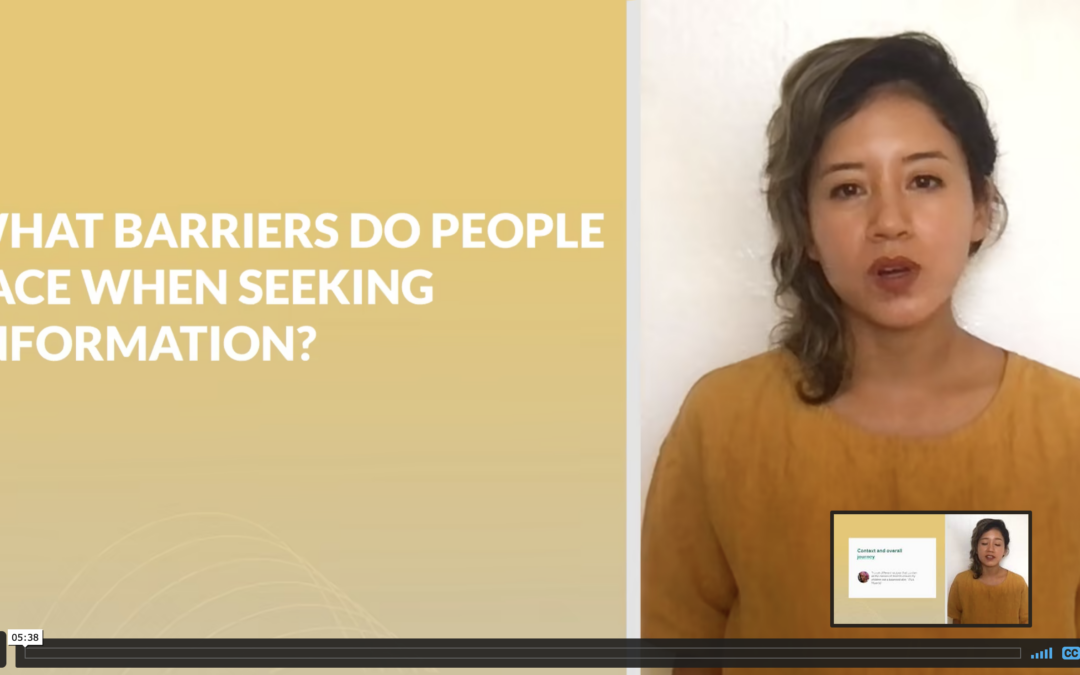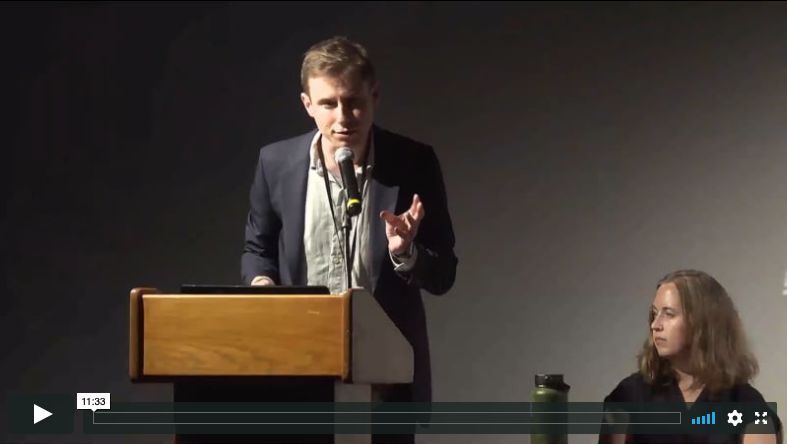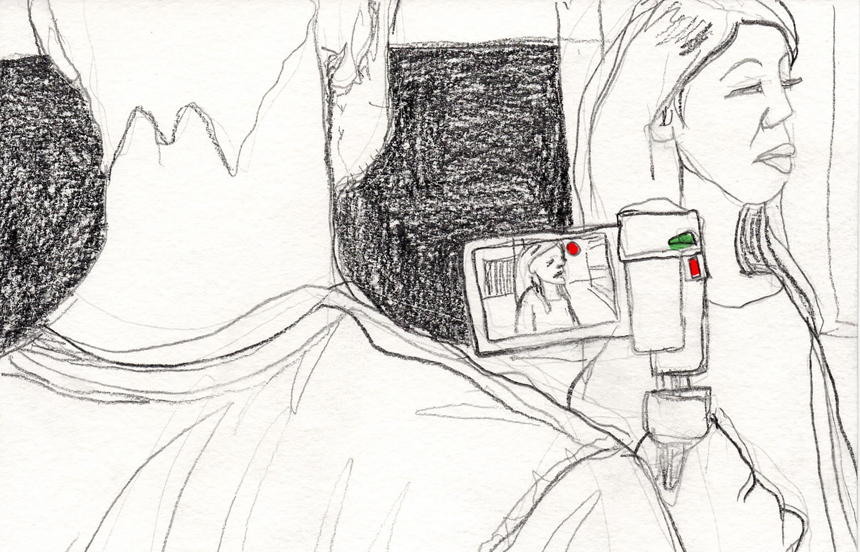While billions of people are established internet users, there are still billions of new users who have just come online in recent years and this growth will continue, especially on mobile in non-Western countries. Information seeking is essential to online behavior across the world, yet many...



